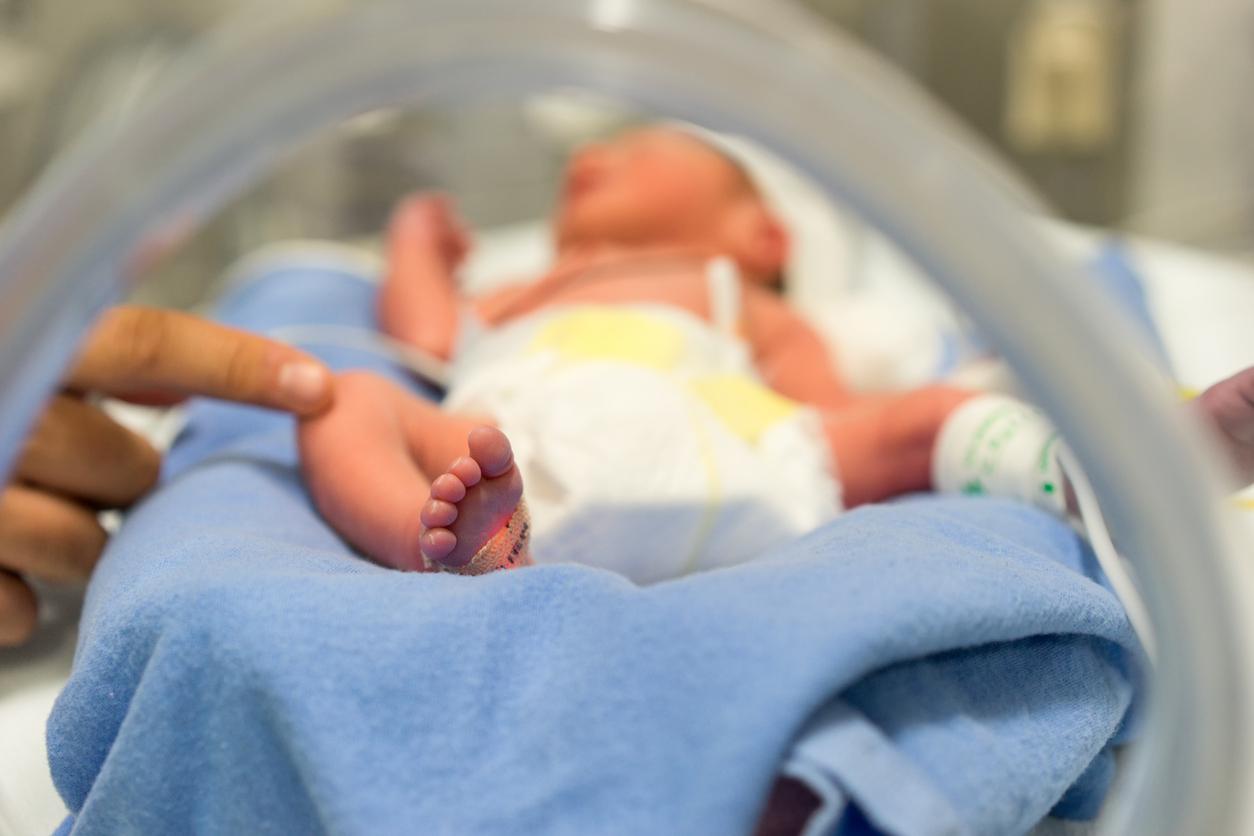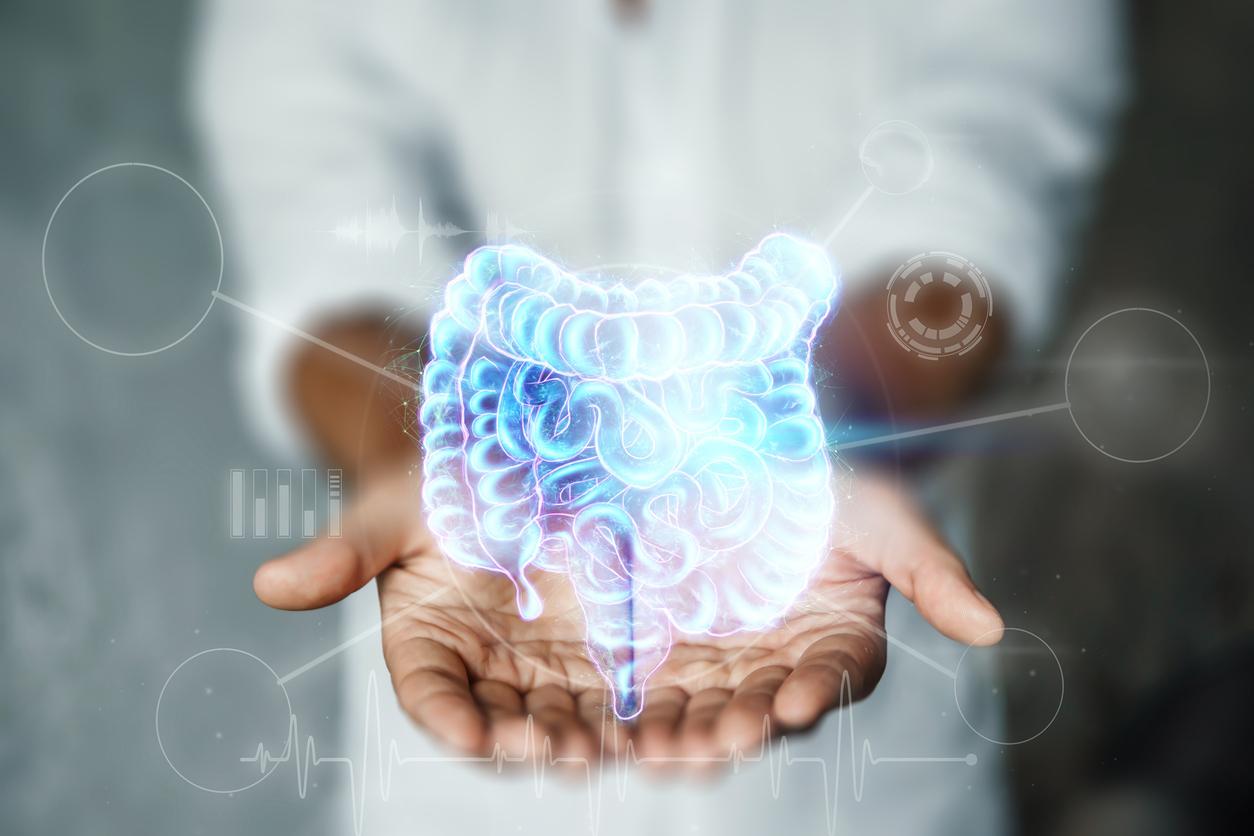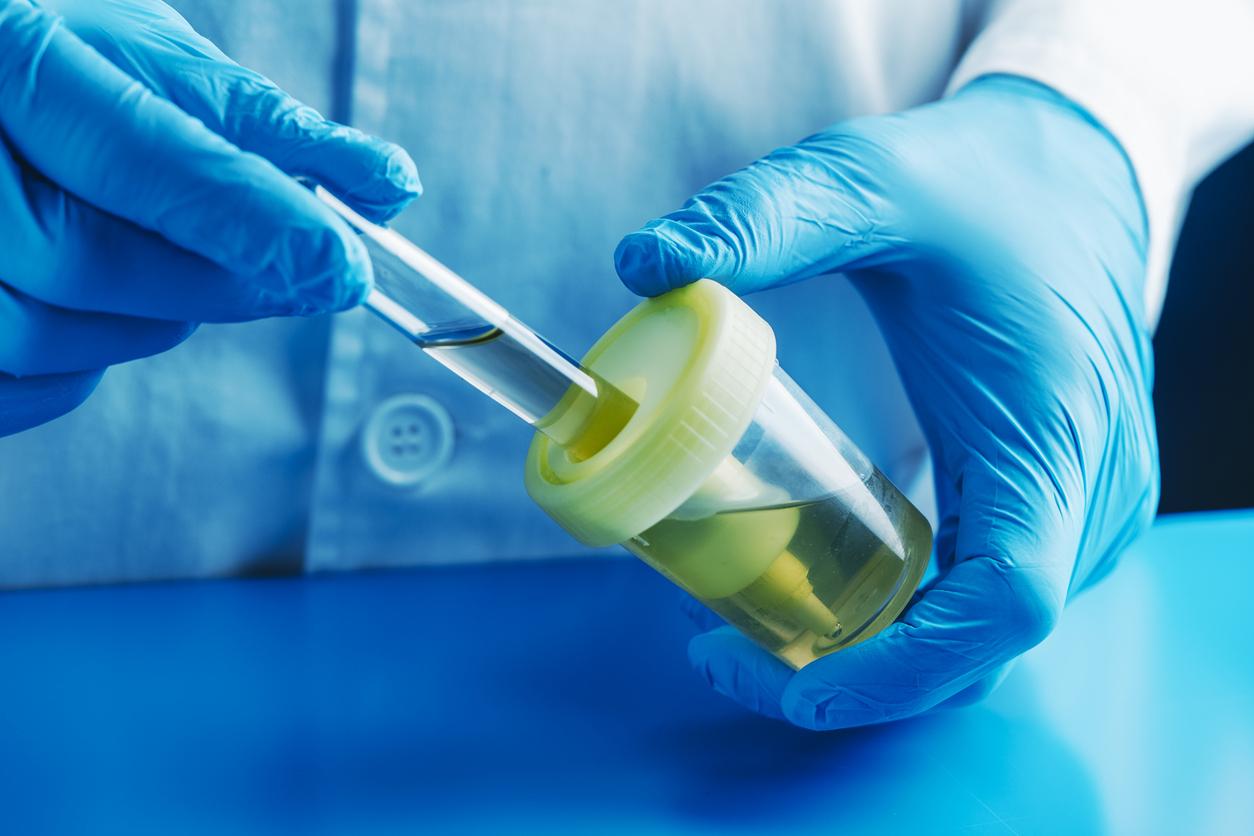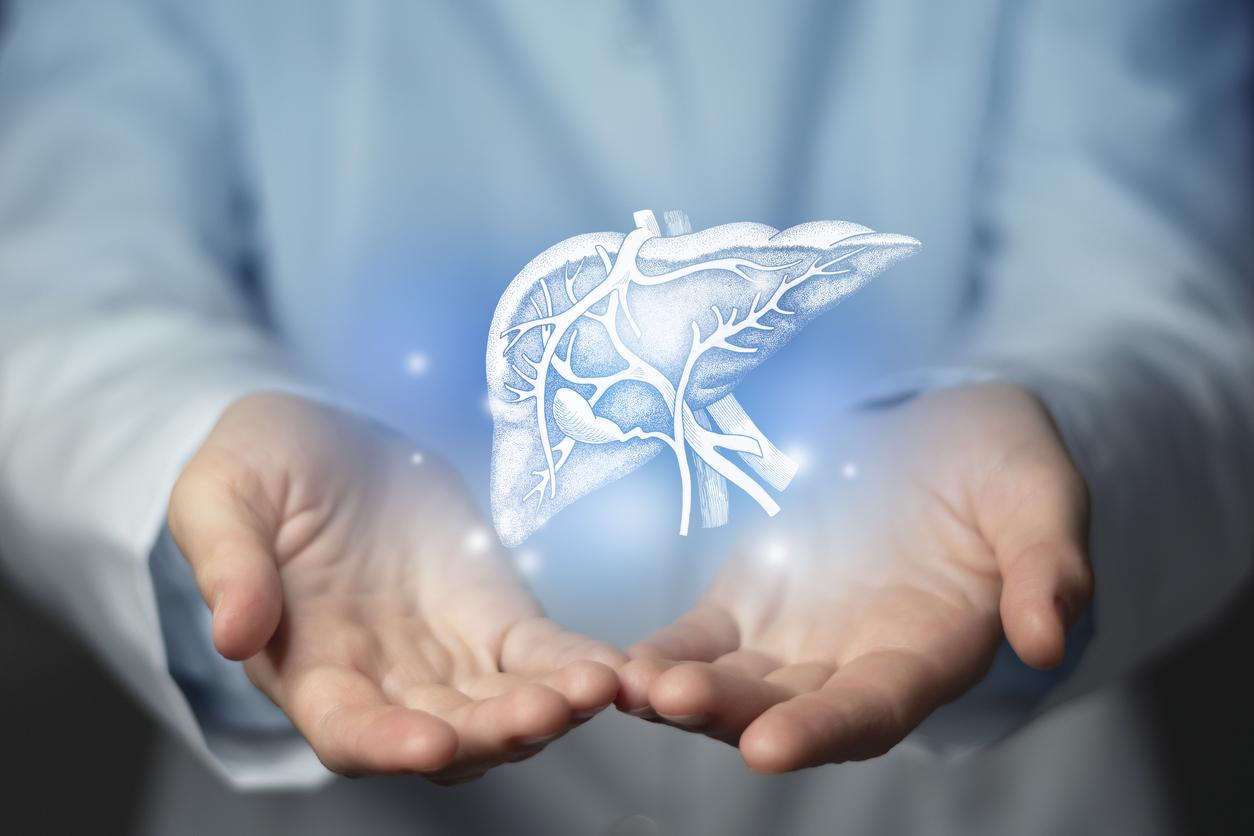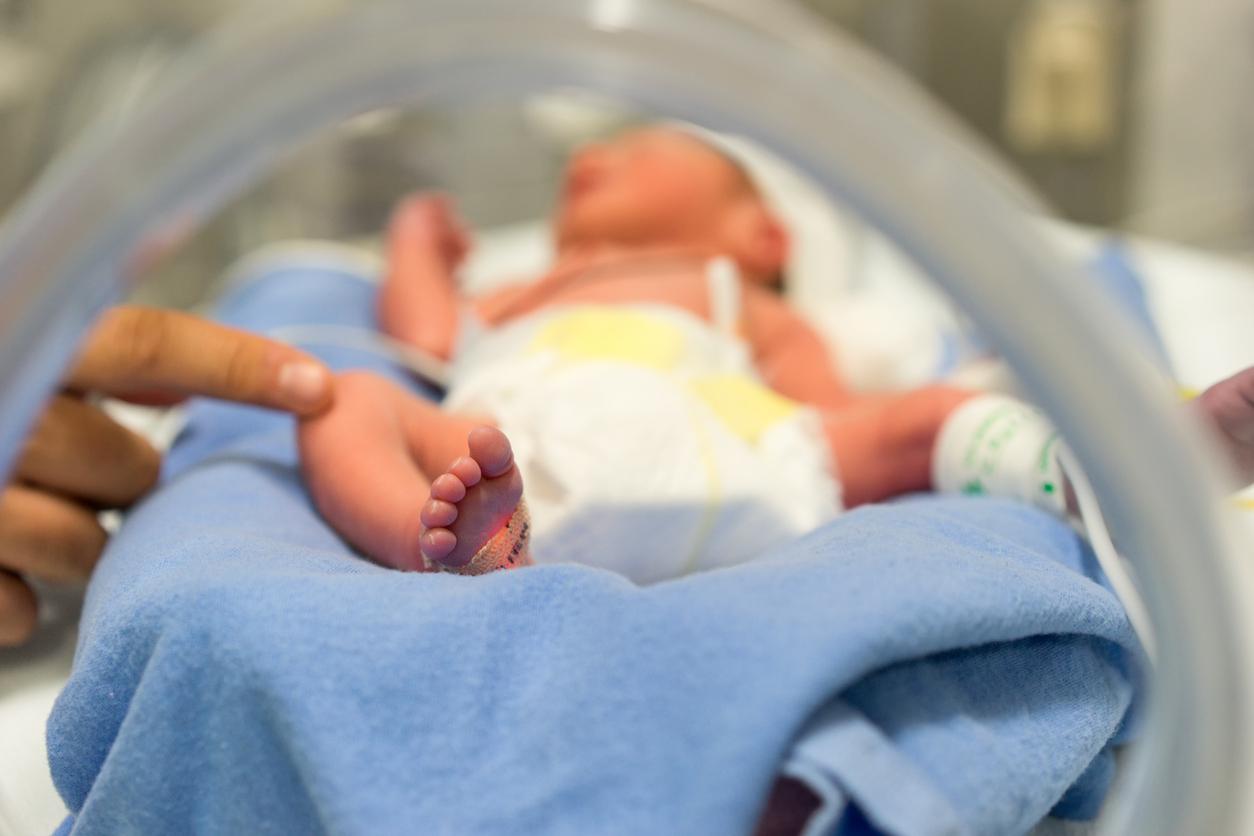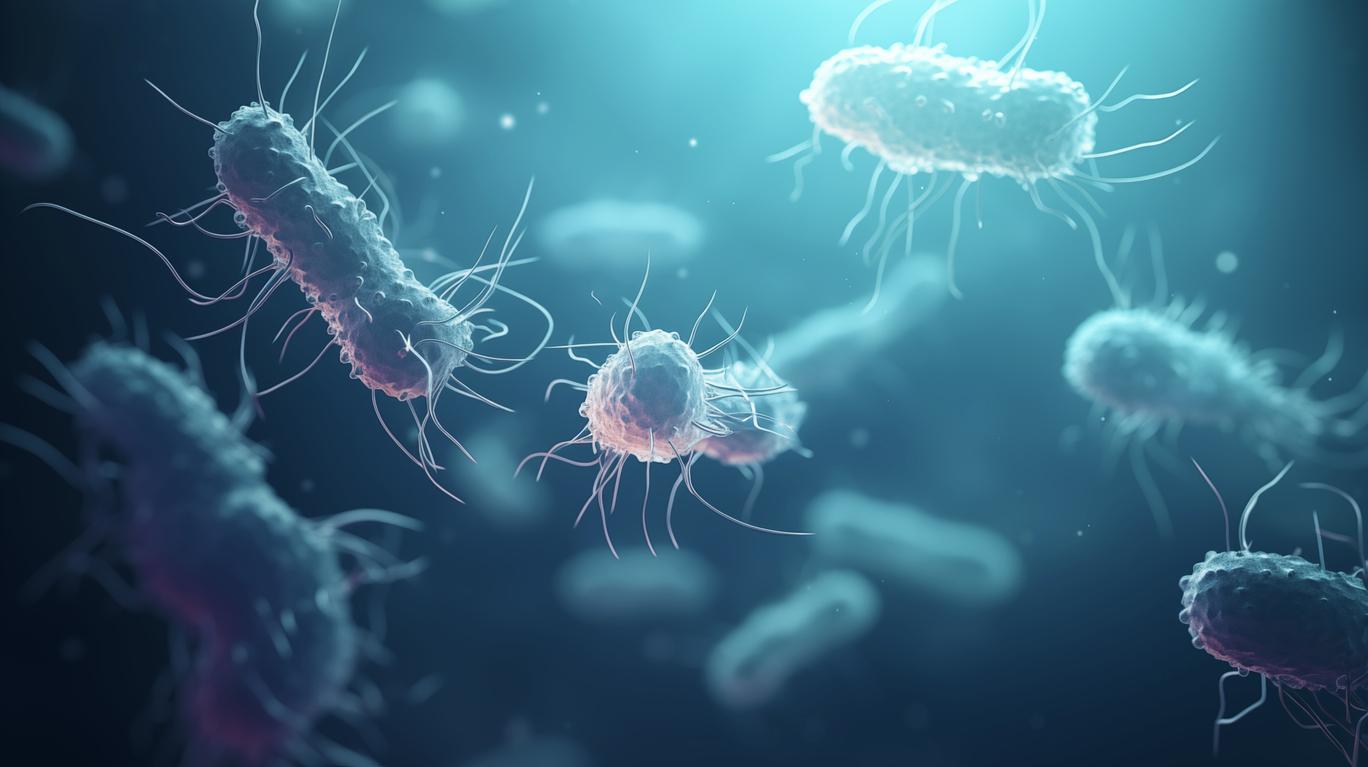The Ile-de-France lactarium is under investigation after the suspicious death of two premature babies. Other sources of bacterial contamination exist.
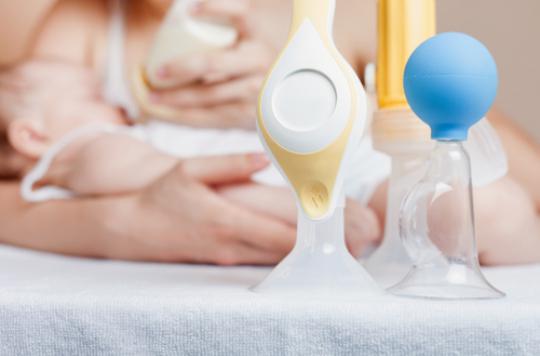
The inspection is ongoing in the premises of the Ile-de-France lactarium, at Necker hospital (Paris). Its activity was suspended as a precaution, after the suspicious death of two infants infected with the bacteria Bacillus cereus. The National Medicines Safety Agency (ANSM) is verifying on September 5 that the safety conditions have been respected. Investigations are also taking place in the neonatal departments concerned.
Because if breast milk is one of the avenues of contamination, it is not the only one to consider. “It can occur at any time between the mother who gives her milk and the baby”, summarizes Professor Jean-Charles Picaud, head of the neonatal service at the Croix-Rousse hospital (Lyon, Rhône) contacted by Why actor.
The essential cold chain
The conditions of exercise of a lactarium are very strict. An ANSM inspection is required for any opening. Control visits are regularly repeated. In the event of non-compliance with the rules, the suspension is immediate.
In the case of the Necker lactarium, it was requested as a precaution by the Assistance Publique – Hôpitaux de Paris (AP-HP). the Bacillus cereus was noted in the two very premature babies. However, they “died in different hospitals. The only common point was the milk supplied by the lactarium ”, underlines Professor Jean-Charles Picaud. The first possible source of contamination is in fact this power source.
Find the Bacillus cereus in milk supplied by a donor is not uncommon: the bacteria are naturally present in our environment. In order to minimize the risk of donation, an interview and several serologies are carried out. They make sure that the mother is not a carrier of viral diseases, or a smoker. But the samples are often taken at home. Despite the recommendations for storage, in a cool place, contamination cannot be ruled out. This is why the repatriation of milk to the lactarium is carried out in accordance with the cold chain.
5 to 15% of lots discarded
Once on the premises, the milk undergoes a first phase of bacteriological testing. “If we find too many germs or bacteria such as Staphylococcus aureus, we throw it away,” explains Professor Picaud. 5 to 15% of the batches are discarded for various reasons, mainly before pasteurization. »The process is precise: the milk is heated to 63 ° C for 30 minutes. Most bacteria and viruses are destroyed and the quality of the product preserved. But that is not always enough. “At the end, a new bacteriological sample is taken”, indicates the Lyon doctor.
Some germs can resist, but the Bacillus cereus very rarely survives this treatment. In addition, the analyzes carried out before sending to hospitals make it possible to identify contaminated donations. Those of the Ile-de-France lactarium had revealed nothing suspicious. Precedents of this type do exist, but “in the state of the scientific literature, there is no work which establishes a formal relationship with milk”, according to Jean-Charles Picaud.
“A germ of dust”
As soon as it arrives in the neonatal department, breast milk is no longer the responsibility of the lactarium, but of the hospitals. Staff transfer the product to other containers adapted to the needs of premature babies. This key step can be subject to contamination.
But most often, “the causes are found in the baby’s environment,” says Professor Picaud. It is a germ of dust. »Poorly insulated ventilation, linen or poorly sterilized medical equipment are all possible sources of contamination. The inspectors hope to remove the doubt by comparing the strains found in the two babies. As this specialist in neonatology specifies, a correspondence will not necessarily implicate the Ile-de-France lactarium: “If the bacteria is on the laundry, it can come from the same cleaning place”, recalls- he does.
.







